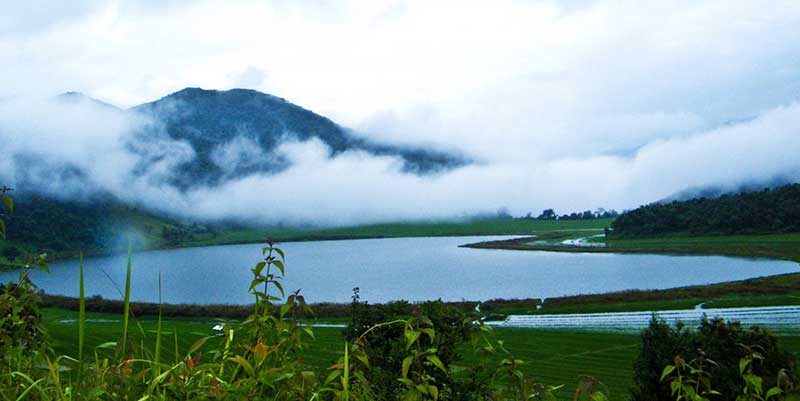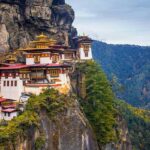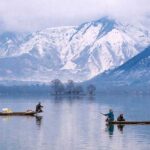Mizoram: Where nature is at her best

Mizoram, located in the northeastern part of India, is bounded by Myanmar (Burma) to the east and south and Bangladesh to the west and by the Indian States of Tripura to the northwest, Assam to the north, and Manipur to the northeast. The capital of Mizoram is Aizawl, situated in the north-central part of the State. Mizoram “the Land of the Mizos” was known as the Lushai Hills District of Assam before it was renamed Mizo Hills District in 1954.
In 1972, it became a centrally-administered union territory under the name of Mizoram. On 20 February 1987, Mizoram became the 23rd State of India, sharing its borders with all the seven sister States.
Land
Geologically, the Mizo Hills form part of the Rakhine (Arakan) Mountains, a series of compact parallel ridges with a north-south axis formed of sandstone, limestone, and shale — all Cenozoic rocks. The ridges, separated by narrow river valleys, rise to about 7,000 feet. In the south, the Kaladan River and its tributaries flow southward into Myanmar, while the Dhaleswari (Tlawng) and Sonai (Tuirail) rivers flow north into Assam.
More than three-fourths of the land area of Mizoram is forested. Thick evergreen forests contain valuable timber trees such as champak (Micheliachampaca), ironwood and gurjun (genus Dipterocarpus). The woodlands also provide habitat for many animals, including elephants, tigers, bears, deer, monkeys, gibbons, and serows.

People
Mizoram is one of the most sparsely populated States of India. The population density decreases from north to south, owing to a southward increase in humidity and temperature that renders the area less desirable for habitation. Aizawl is the State’s only major city; large towns include Lunglei, in the eastern part of the state, and Champhai, in the south-central region.
The people of Mizoram consist almost entirely of Scheduled Tribes (an official category embracing indigenous groups that fall outside the predominant Indian social hierarchy). Most of the Mizos are Tibeto-Burman, speaking Mizo or a closely related Tibeto-Burman language. However, the Chakmas speak an Indo-Aryan language. Mizo and English are the official languages. Having no script of its own, they use the Roman alphabet.
Subscribe to The Teenager Today print / digital editions to read the full article.
C. Joseph is a counsellor at St Joseph’s College, Jakhama in Nagaland. He has authored books, written a number of articles and has produced several music albums in English and Tamil.





